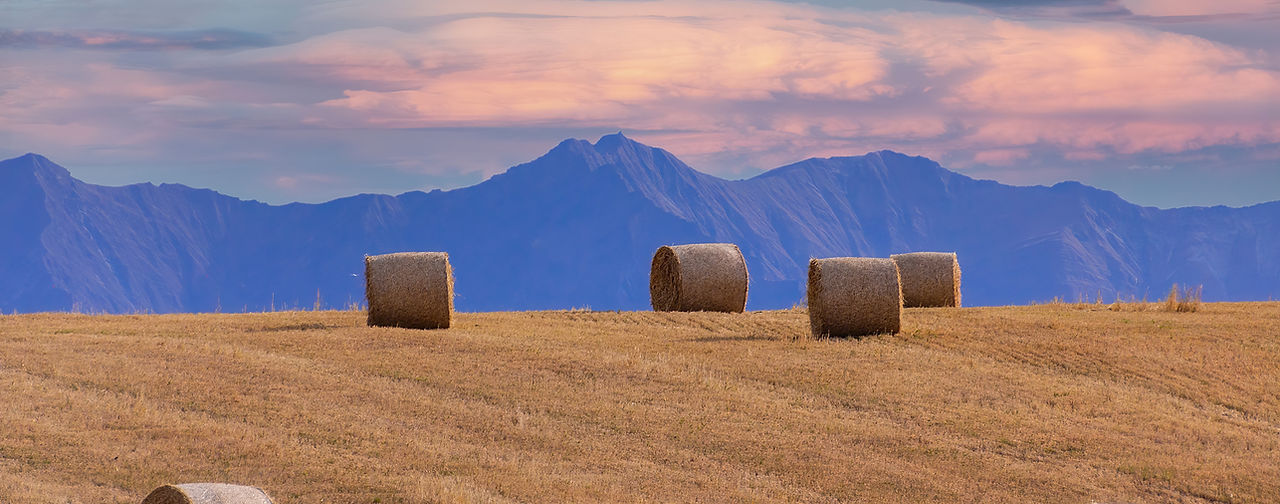
What is
Arable Farming?

The arable industry is a small, but vital part of New Zealand’s primary industries. Traditionally, the arable industry focused on production of cereal crops (wheat, barley and maize) and rye grass seed, but in recent years it has changed to optimize profitability and productivity.
How it's changing
The industry has diversified to include production of other cereal grain crops, specialist small seed and vegetable crops, forage brassicas, and seed for multiplication. New Zealand’s weed, pest and disease free status means that arable farmers are world leaders in seed production for multiplication onto the international market. Growers of cereal grains supply 25 per cent of wheat used to produce New Zealand bread, all beer made in New Zealand is produced using domestically produced malting barley. Growers also produce a significant amount of feed which goes into the livestock industry and also produce all the pasture grasses used by this sector.
Contributions to the sector
The total production from the arable sector in 2021 was 2.3 million tonnes. This was a 31 per cent increase from 2018 when total arable production was 1.8 million tonnes. Total grain and pulse production of 2.2 million tonnes was a 30 per cent increase from 2018. Meanwhile, seeds for sowing production grew by 40 percent from 58,268 tonnes in 2018 to 81,470 tonnes in 2021.
In 2021 the arable sector directly produced crops worth $1 billion. These sales went upstream of the arable sector and created total sales of all goods and services of $2.2 billion. These total sales were equivalent to a contribution of $932 million to New Zealand’s gross domestic product (GDP). This has seen the arable sector increase its contribution to GDP from 0.3 percent of national GDP to 0.34 percent.